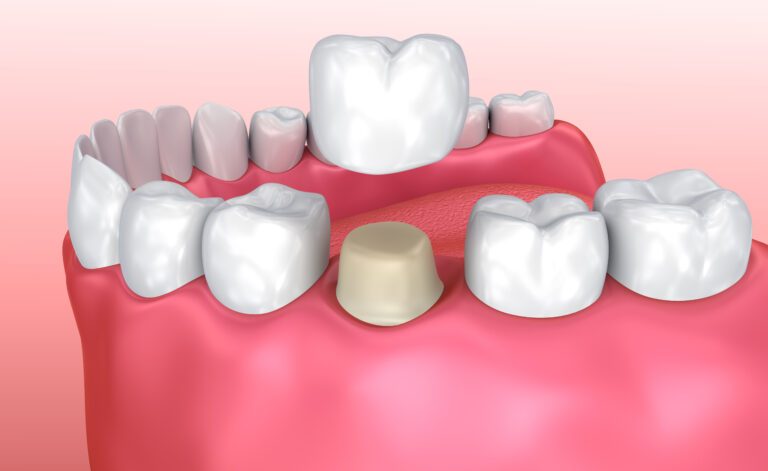Porcelain dental crowns can help improve the look and function of teeth that have been damaged in a variety of ways, including through staining, chipping, cracking, even hiding unattractive amalgam fillings. Dental crowns bring uniformity of color and shape to your teeth, brightening discolored or uneven smiles. Restoratively, dental crowns can relieve the chronic pain associated with certain types of dental damage, including the pain caused by added pressure to surrounding teeth when one or more teeth are missing.

Who benefits from dental crowns?
People of all ages can benefit from dental crowns. While dental crowns are generally used in adults, they can also be used in children who are at a high risk of dental decay, who have teeth that have been too badly decayed to support a traditional filling, or who are unable for any reason to comply with a standard oral hygiene routine.What types of dental crowns are available?
– Stainless steel. Stainless steel dental crowns are less expensive than other crowns because they only require one visit to install. They are generally used as a temporary protective measure while a permanent crown is made. They are most commonly used for child patients.– Metals. Metal crowns can be made of gold or a variety of other alloys. While some people dislike the metallic color, metal crowns are generally the most durable and cause the smallest impact to the damaged tooth itself, and to surrounding teeth.
– Porcelain. Porcelain crowns are a good choice for front teeth. They can be color matched to surrounding teeth for optimal cosmetic appeal, and can be fused to metal for added durability. They are not, however, as durable as metal crowns, and can chip and wear down more easily.
– Resin. Resin crowns are less expensive than other types of crowns, but are also less durable. They are more prone to fractures than porcelain crowns.
